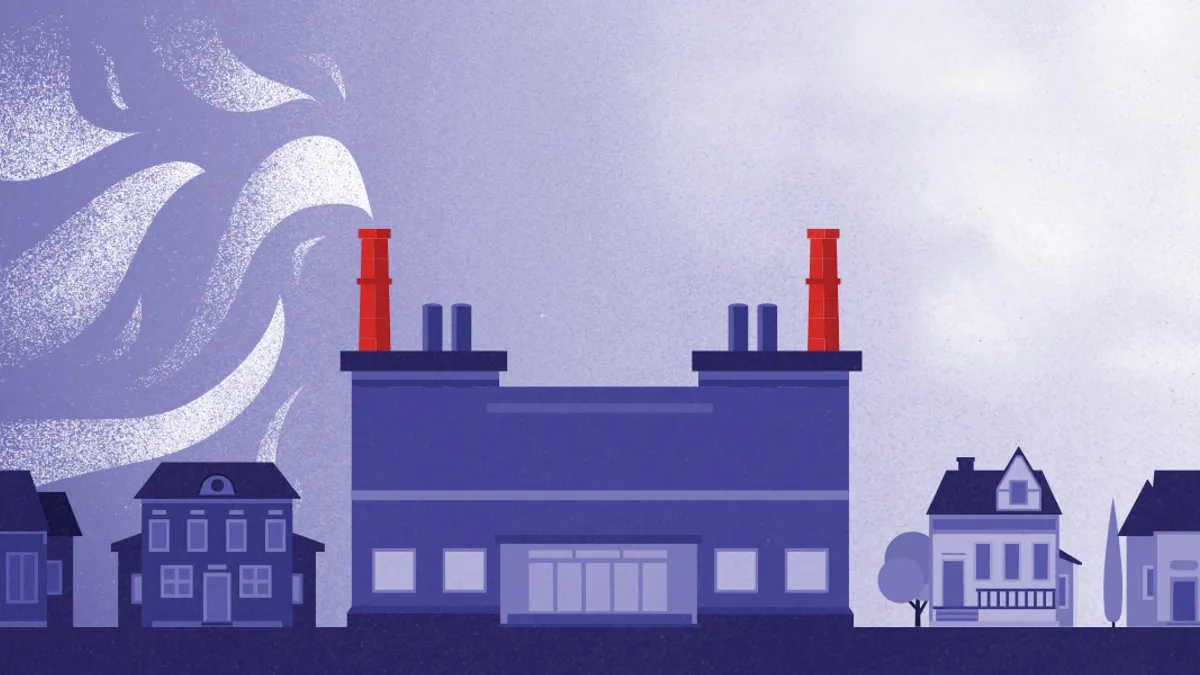Dive Brief:
- The U.S. Environmental Protection Agency (EPA) on Thursday proposed tougher standards aimed at reducing hazardous air pollutants from chemical plants, including those that make the toxic chemical ethylene oxide that is used to sterilize medical devices.
- New rules for sterilization plants that use ethylene oxide are also expected to be proposed soon. Medical device trade association AdvaMed previously expressed concern that more stringent requirements involving the sterilization plants could lead to facility closings, potentially harming patient access to healthcare.
- The EPA, in a press release, said the emissions reductions would dramatically lower cancer risks from airborne toxins in communities surrounding plants that “make, store, use or emit” ethylene oxide and other chemicals.
Dive Insight:
The EPA said its new rule aimed at reducing emissions from chemical plants would cut more than 6,000 tons of toxic air pollution a year, and reduce the number of people with elevated cancer risk by 96% in communities surrounding chemical plants.
Facilities that use or emit ethylene oxide and several other chemicals would be required to monitor levels of the pollutants entering the air at the fence line of the facility. If annual average air concentrations of the chemicals are higher than proposed action levels at the fence line, owners and operators would have to find the source and make repairs. For ethylene oxide, EPA is proposing an action level of 0.2 micrograms per cubic meter of air.
EPA would make the monitoring data public through its WebFiRE database tool.
In January, AdvaMed wrote to the White House asking President Joe Biden to consider the potential threat to patient care if medical device sterilization facilities were to close.
About 20 billion medical devices are sterilized annually in the U.S. using ethylene oxide at about 100 facilities, the group noted. It said when the Sterigenics plant in Willowbrook, Illinois, closed due to concerns about ethylene oxide levels in the community, a shortage of tracheostomy tubes ensued.










